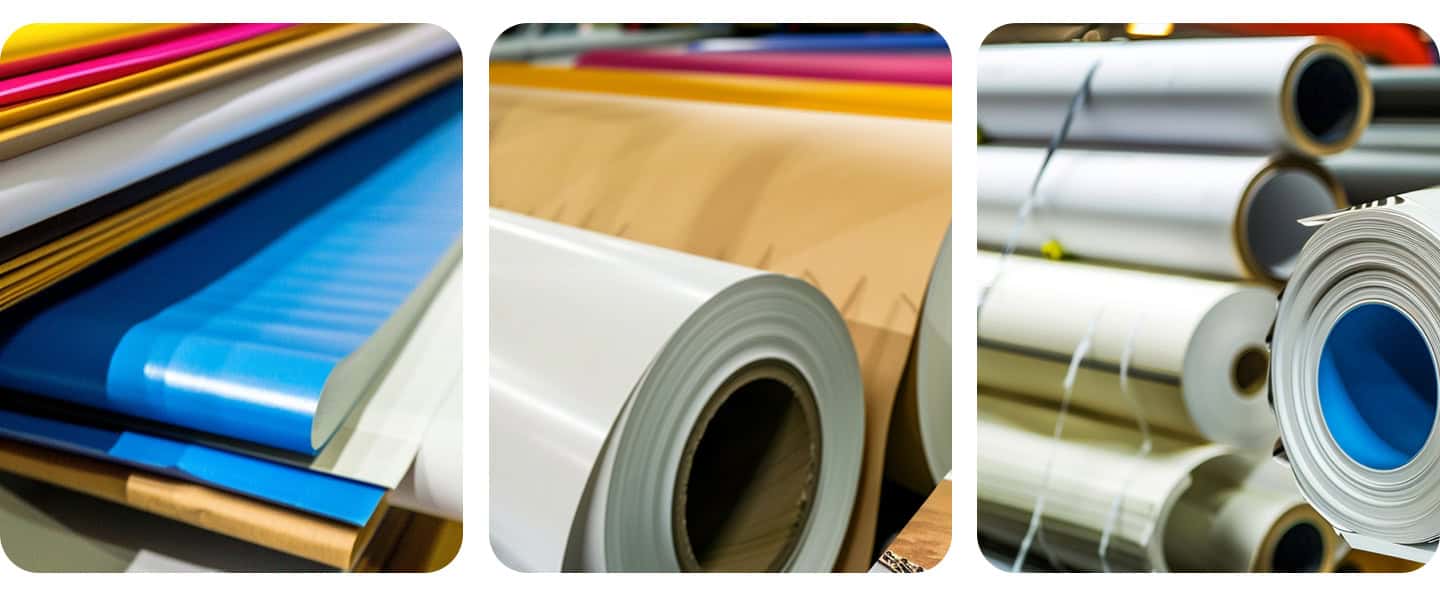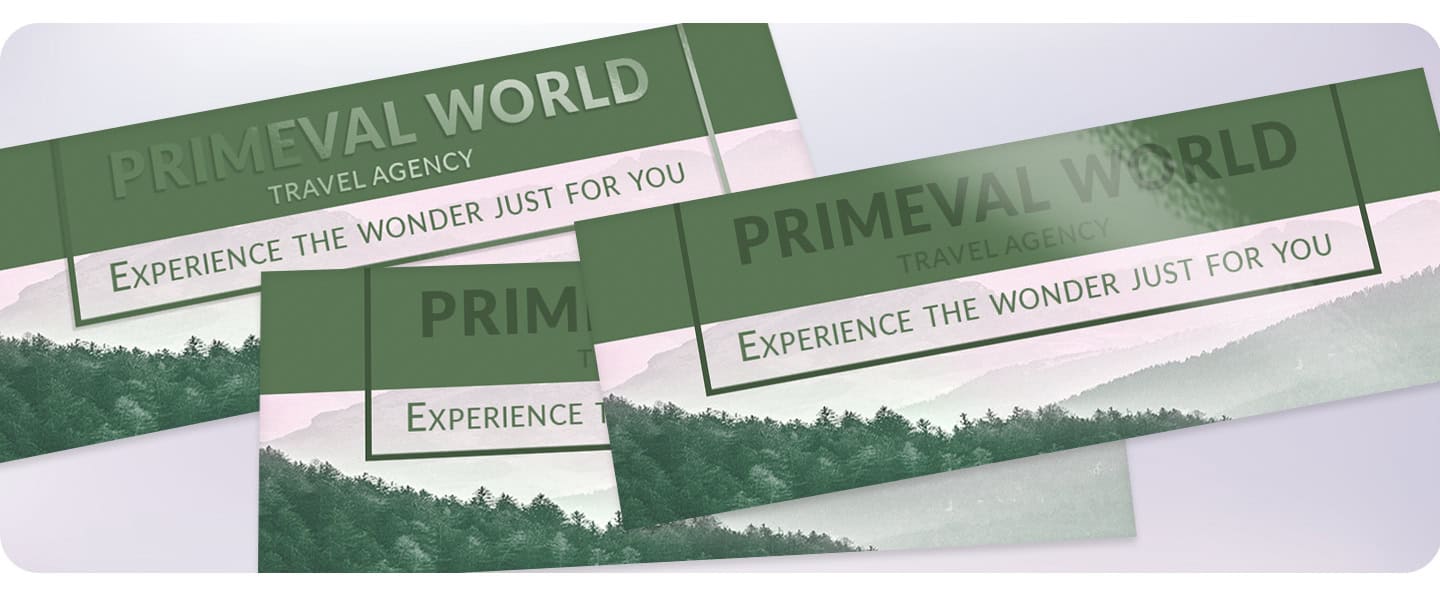Choosing the right type of printing paper doesn’t just affect how your project looks — it affects how it feels, how long it lasts, and how customers perceive your brand.
Whether you’re printing brochures, business cards, invitations, postcards, flyers, or packaging, the paper stock you choose has a major impact on quality and results.
In this guide, we break down the most common types of printing paper, including the differences between glossy vs matte, copy paper vs printer paper, and the best stocks for professional, high-impact print materials.
Types of Printing Paper (Quick Overview)
Before choosing paper for your project, it helps to understand the main categories:
-
Copy Paper – lightweight, everyday use
-
Printer Paper – available in thicker, premium finishes
-
Glossy Paper – shiny, vibrant, high-impact
-
Matte Paper – smooth, non-reflective, clean
-
Ultra-Thick Premium Stock – luxury feel for cards & invitations
-
Recycled Paper – eco-friendly choice
-
Adhesive/Sticky Paper – labels, stickers, stamps
Each of these serves a different purpose depending on your design, budget, and intended use.
Different Types of Paper for Every Print Need
Understanding the various types of printing paper is essential for achieving the best results for your project. Whether you need high-quality paper for marketing materials, office documents, or special occasions, knowing the different options will help you make an informed decision.
1. Copy Paper vs Printer Paper: What’s the Difference?

Many people search for: “Is copy paper the same as printer paper?”
Short answer: no.
Copy Paper
-
Thin and lightweight (typically 20–24 lb)
-
Made for high-speed printing
-
Ideal for everyday office use
Printer Paper
-
Comes in various thicknesses
-
Available in premium finishes (matte, semi-gloss, gloss)
-
Better color accuracy and print quality
-
Used for professional printing
If you’re printing menus, brochures, postcards, business cards, or flyers, always choose premium printer paper, not basic copy paper.
2. Glossy vs Matte Paper: Which Should You Use?
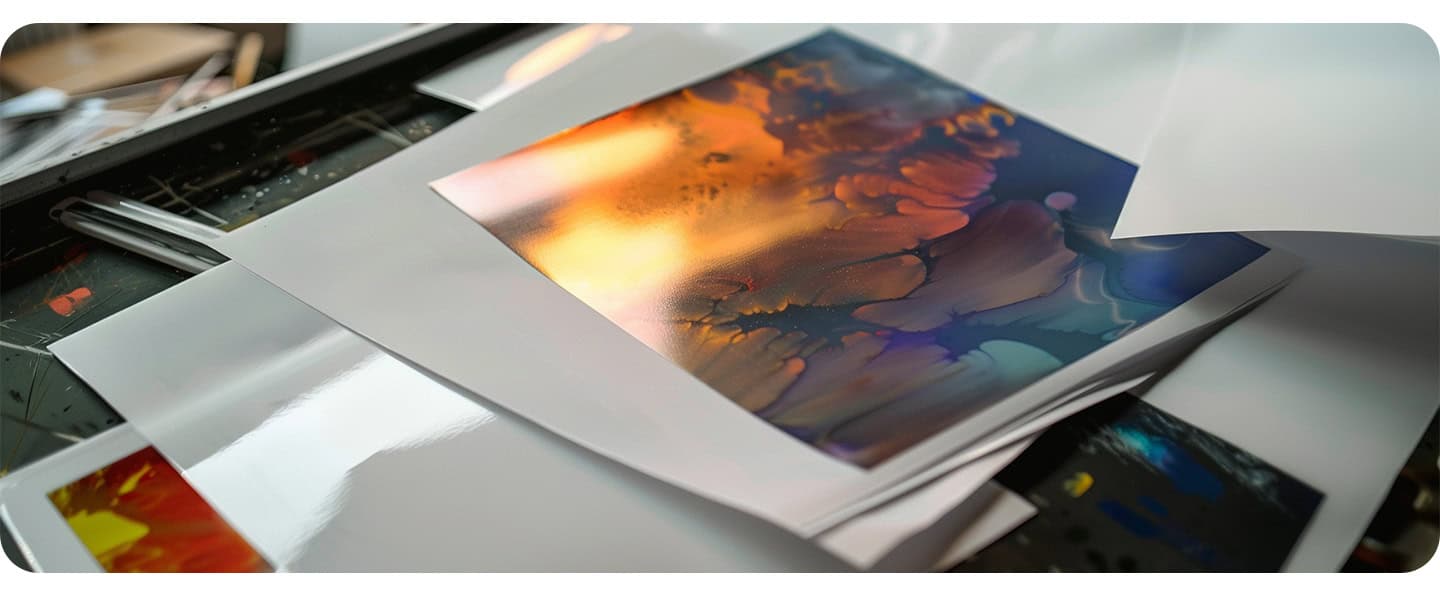
This is one of the most common printing questions and the difference matters.
Glossy Paper
-
Shiny, reflective surface
-
Enhances color vibrancy
-
Ideal for images & high-impact visuals
-
Commonly used for:
Best for: Marketing materials that need to catch attention.
Matte Paper
-
Smooth, non-reflective finish
-
Easier to read
-
More premium, subtle feel
-
Great for:
-
Presentation materials
Best for: Projects where readability and elegance matter.
Quick Comparison: Glossy vs Matte
| Feature | Glossy Paper | Matte Paper |
|---|---|---|
| Finish | Shiny & vibrant | Smooth & non-reflective |
| Best For | Photos, ads, brochures | Cards, stationery, menus |
| Durability | Higher smudge resistance | More writable surface |
| Look/Feel | Bold & eye-catching | Premium & understated |
3. Premium & Specialty Papers
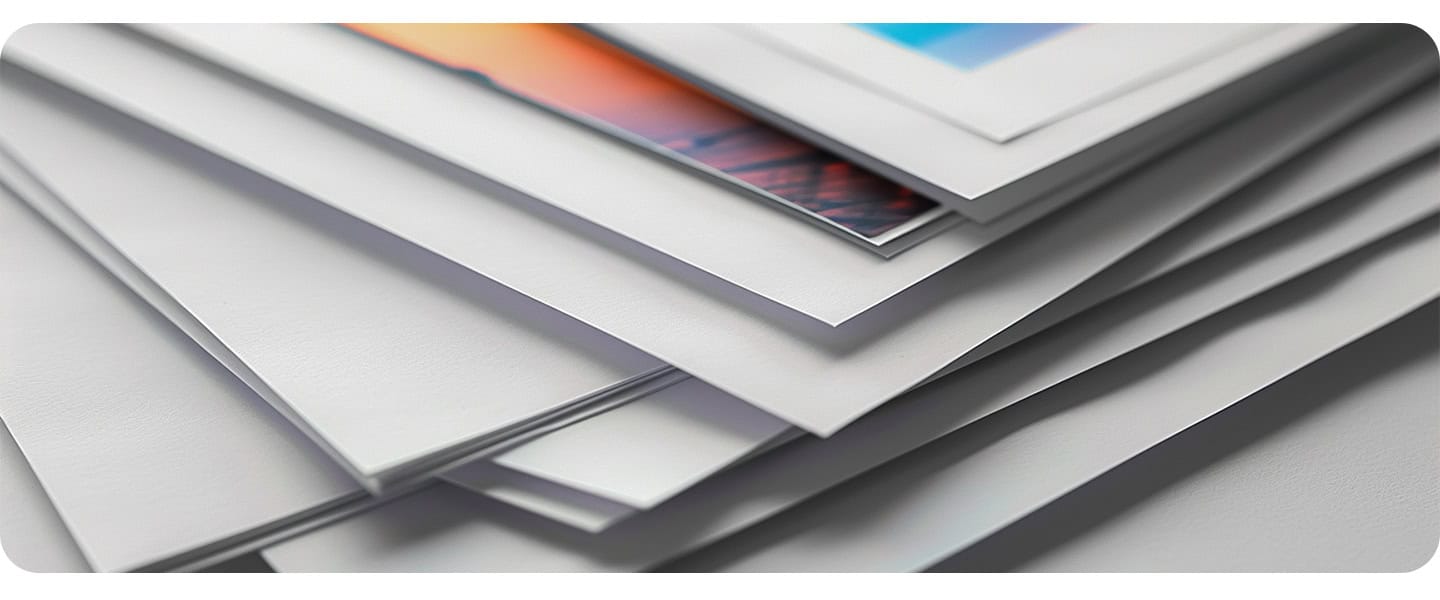
For high-end printing projects, premium and specialty papers provide a distinctive look and feel. Whether you need ultra-thick paper for invitations or sticky paper for promotional materials, selecting the right stock can elevate your brand’s presentation.
- Ultra-Thick Paper: Provides durability and a high-end feel, ideal for premium business cards, postcards, and invitations.
- Recycled Paper: A sustainable option suitable for letterhead, notepads, and envelopes.
- Sticky Paper: Used for stickers, address labels, and self-inking stamps with self-adhesive backing for easy use.
For more helpful tips, check out our related guides:
- 5 Print Add-Ons That Boost Brand Loyalty
- Smart Ways to Use Postcards for Marketing
- How to Design Rack Cards That Actually Get Picked Up
Best Paper for Marketing Materials
The right stock helps your print stand out and last longer.
Brochures
Use glossy or semi-gloss for vibrant images & color accuracy.
Explore → Brochure printing
Flyers
Glossy stock for promo visuals; matte for text-heavy designs.
Explore → Flyer printing
Postcards
Thick, durable paper for mailing & promotions.
Explore → Postcard printing
Booklets & Catalogs
Sturdy interior paper + heavier cover stock.
Explore → Booklet printing
How to Choose the Best Paper for Business & Events
Selecting the right types of printer paper ensures your printed materials align with your branding, functionality, and cost expectations. Whether for trade shows, packaging, or special occasions, different stocks and finishes serve various needs.
Factoring in the cost of different paper types ensures your print marketing stays on budget without compromising quality.
1. Trade Show & Event Materials
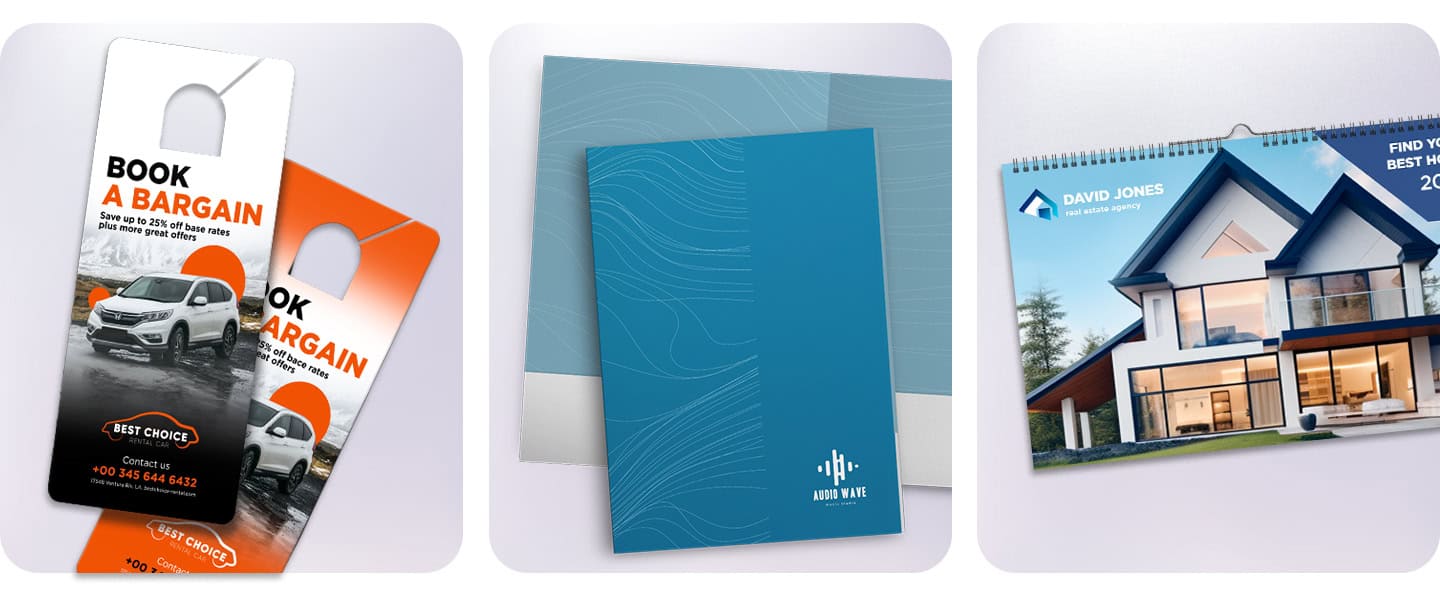
- Presentation Folders & Pocket Folders: High-quality stock provides a polished look while keeping materials organized.
- Door Hangers: Thick and durable stock ensures longevity and visibility.
- Calendars: Printed on sturdy paper to maintain structure and last all year.
2. Packaging & Branding Materials
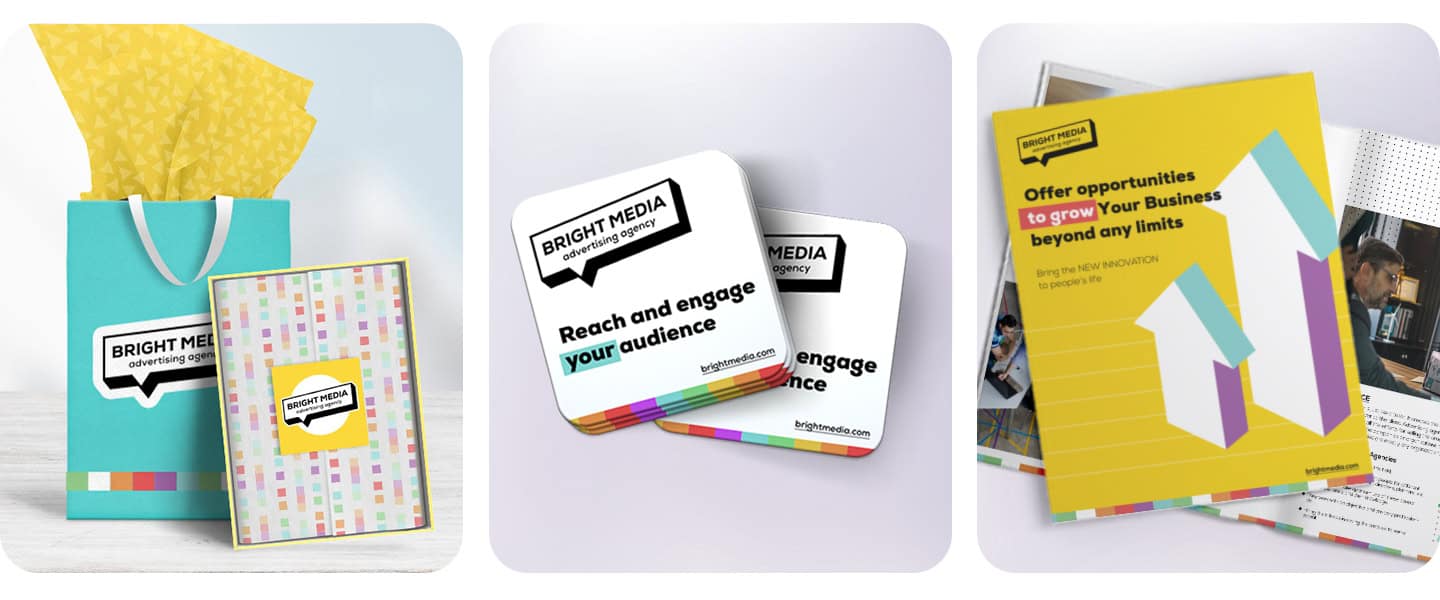
- Coasters: Printed on absorbent, thick stock for long-lasting use.
- Tissue & Wrapping Paper: Custom-printed to enhance packaging and brand appeal.
- Booklets: High-quality paper enhances readability and durability for catalogs and presentations.
3. Invitations & Announcements
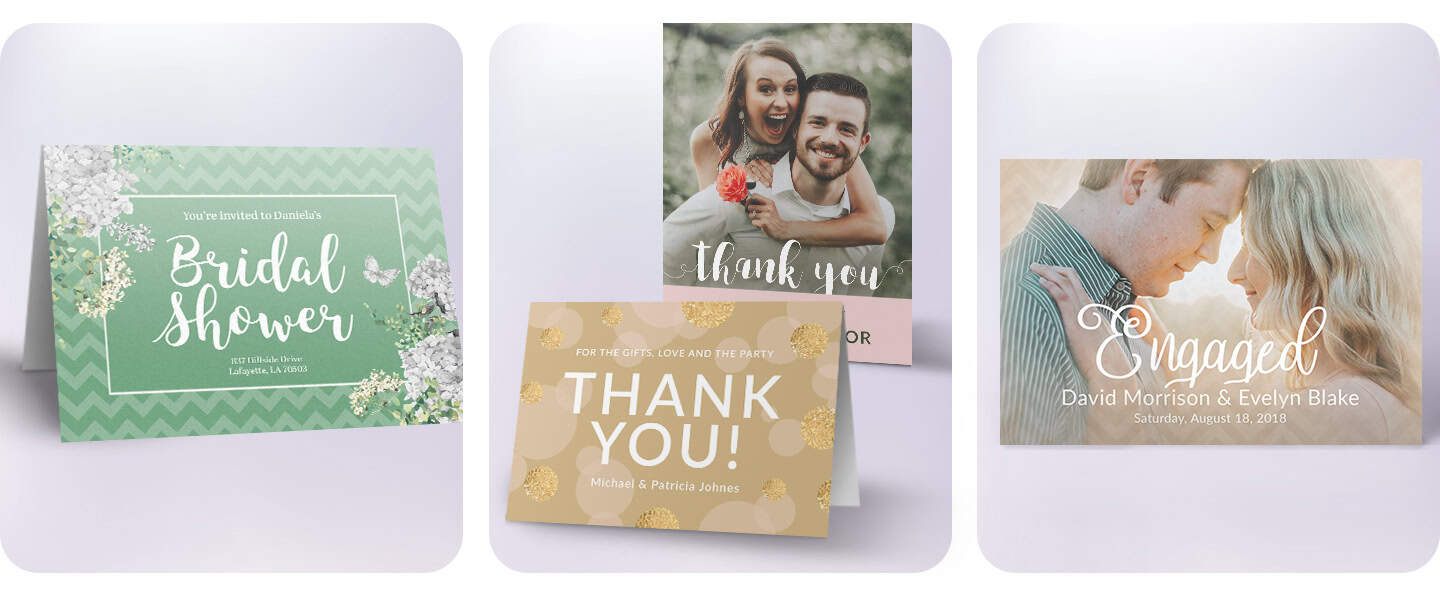
- Weddings & Special Occasions: Use ultra-thick paper stock for a luxurious touch and lasting impression.
- Event Invitations: High-quality stock ensures durability and an elegant finish.
- Thank You Cards: Printed on premium matte or gloss stock for a refined touch.
Understanding Paper Finishes
Different finishes add different visual and tactile effects.
Glossy Finish
-
Reflective
-
Great for marketing visuals
-
Best for brochures, posters, and mailers where high-impact visuals are needed.
Matte Finish
-
Smooth, non-glare
-
Preferred for notecards, letterheads, and pocket folders for a clean, non-reflective appearance.
Spot UV Finish
-
Adds contrast by coating selected elements
-
Adds a glossy effect to highlight elements on business cards and presentation folders.
Choosing the Best Paper for Your Project
Ask these questions:
-
Does my design include photography? → Glossy
-
Do I want a premium look? → Matte or ultra-thick
-
Will this be handled frequently? → Durable stock
-
Is sustainability important? → Recycled
-
Do I need adhesive? → Sticky paper
The right stock helps your materials look polished, last longer, and feel intentional.
Ready to bring your project to life? Whether you need glossy brochures, matte business cards, or ultra-thick invitations, Overnight Prints offers premium stocks, finishes, and sizes to help you stand out.
Start designing your custom print products today with fast turnaround and exceptional quality at Overnight Prints.

